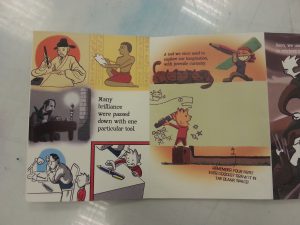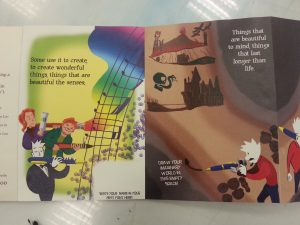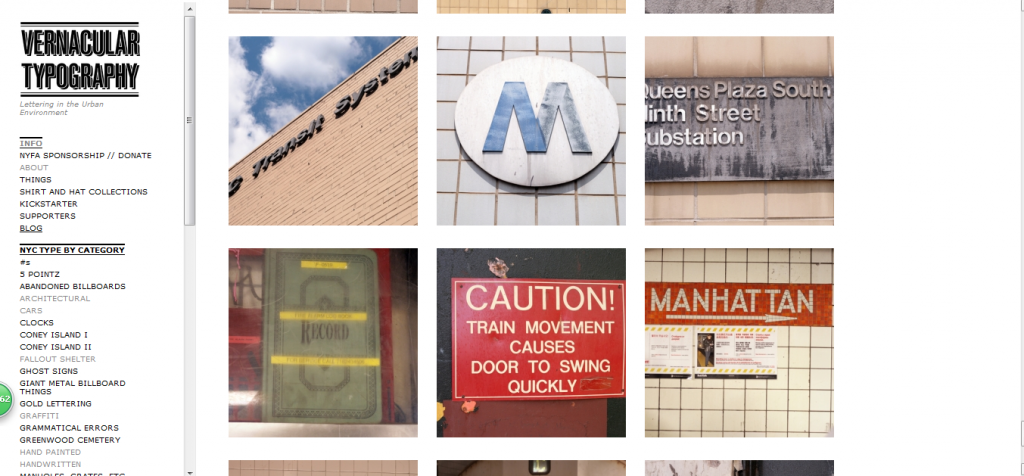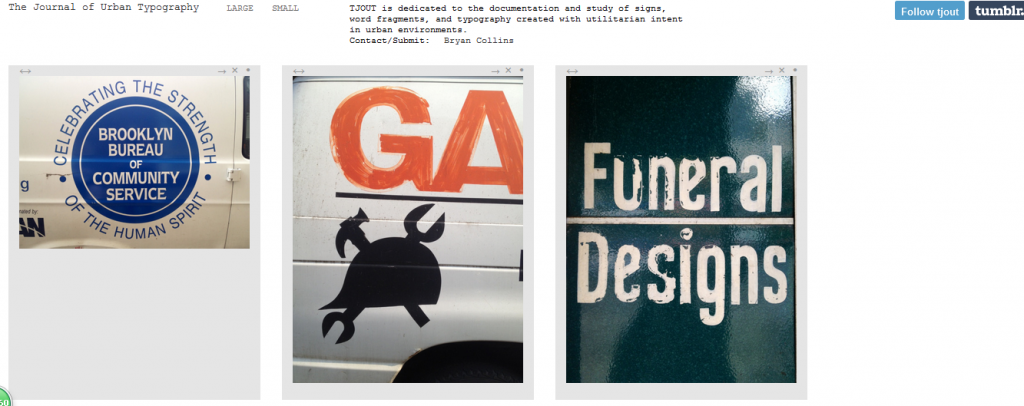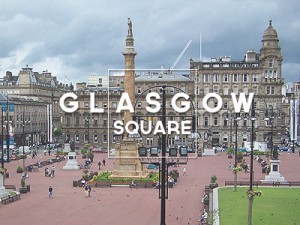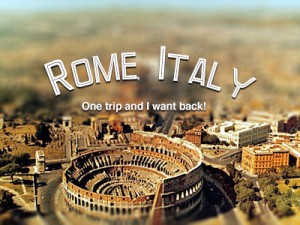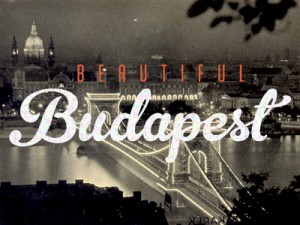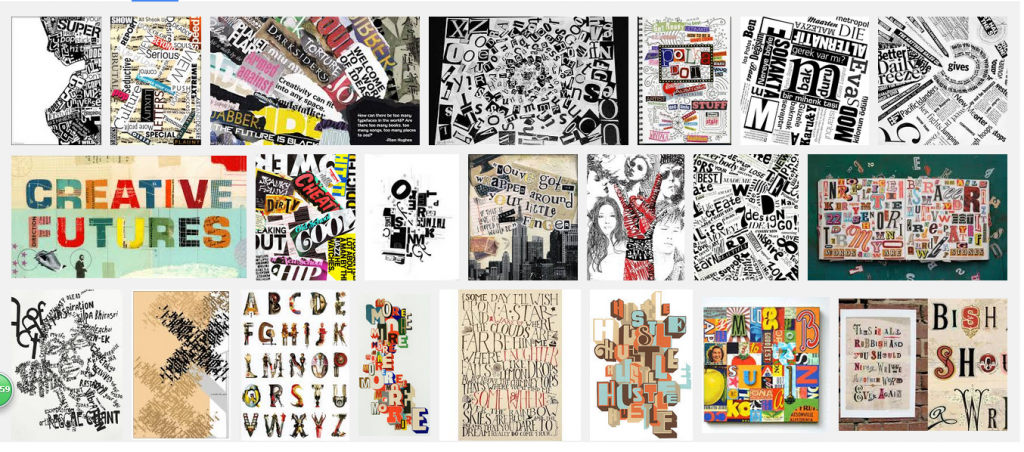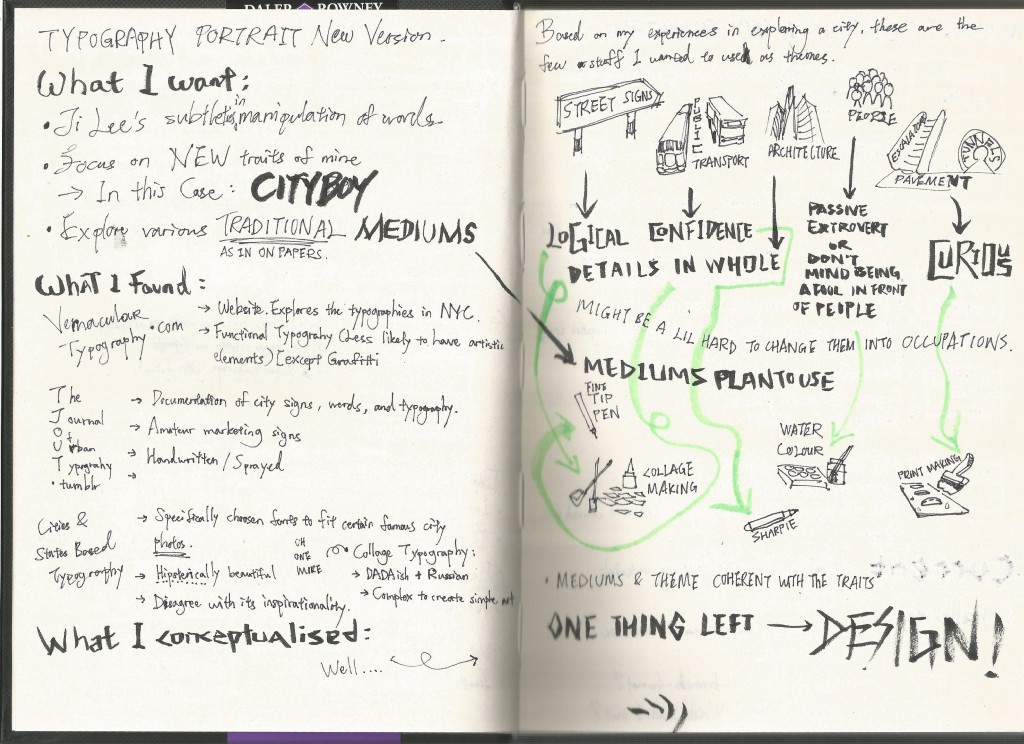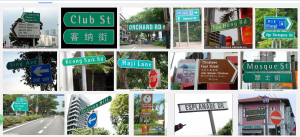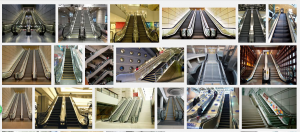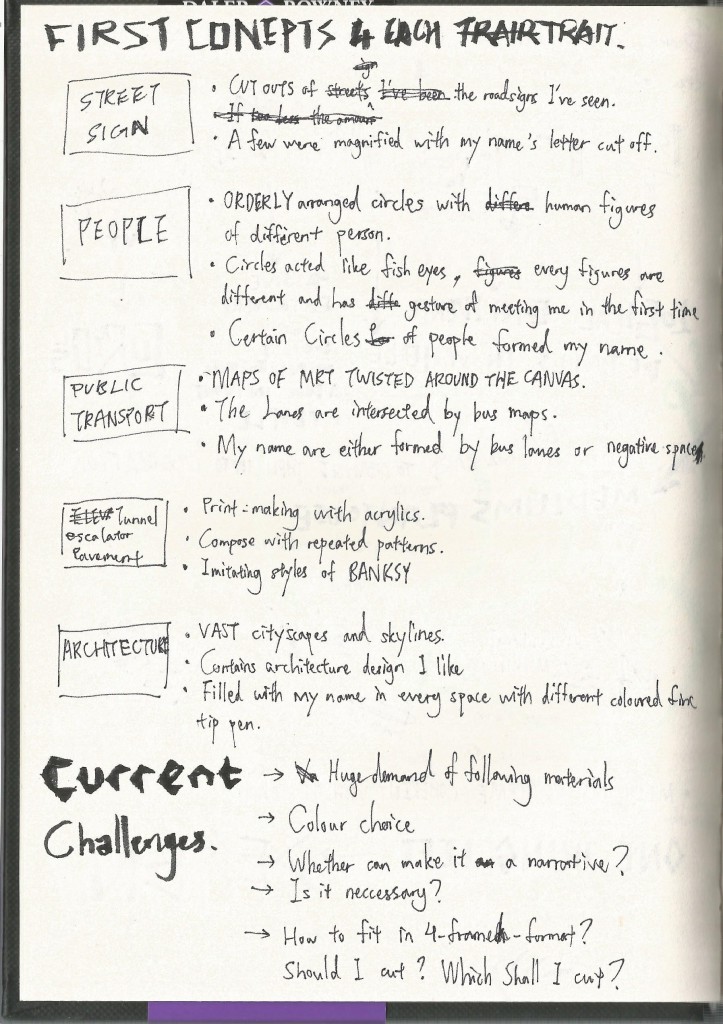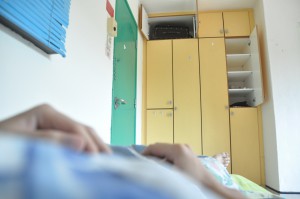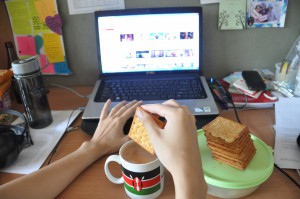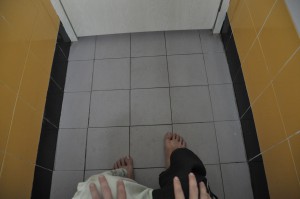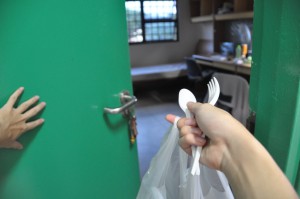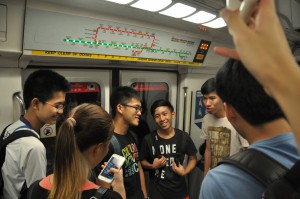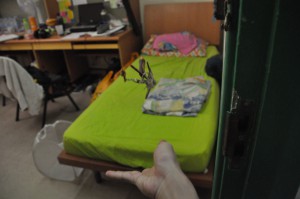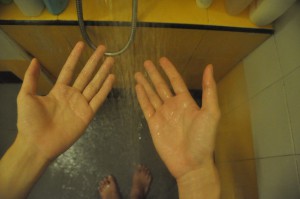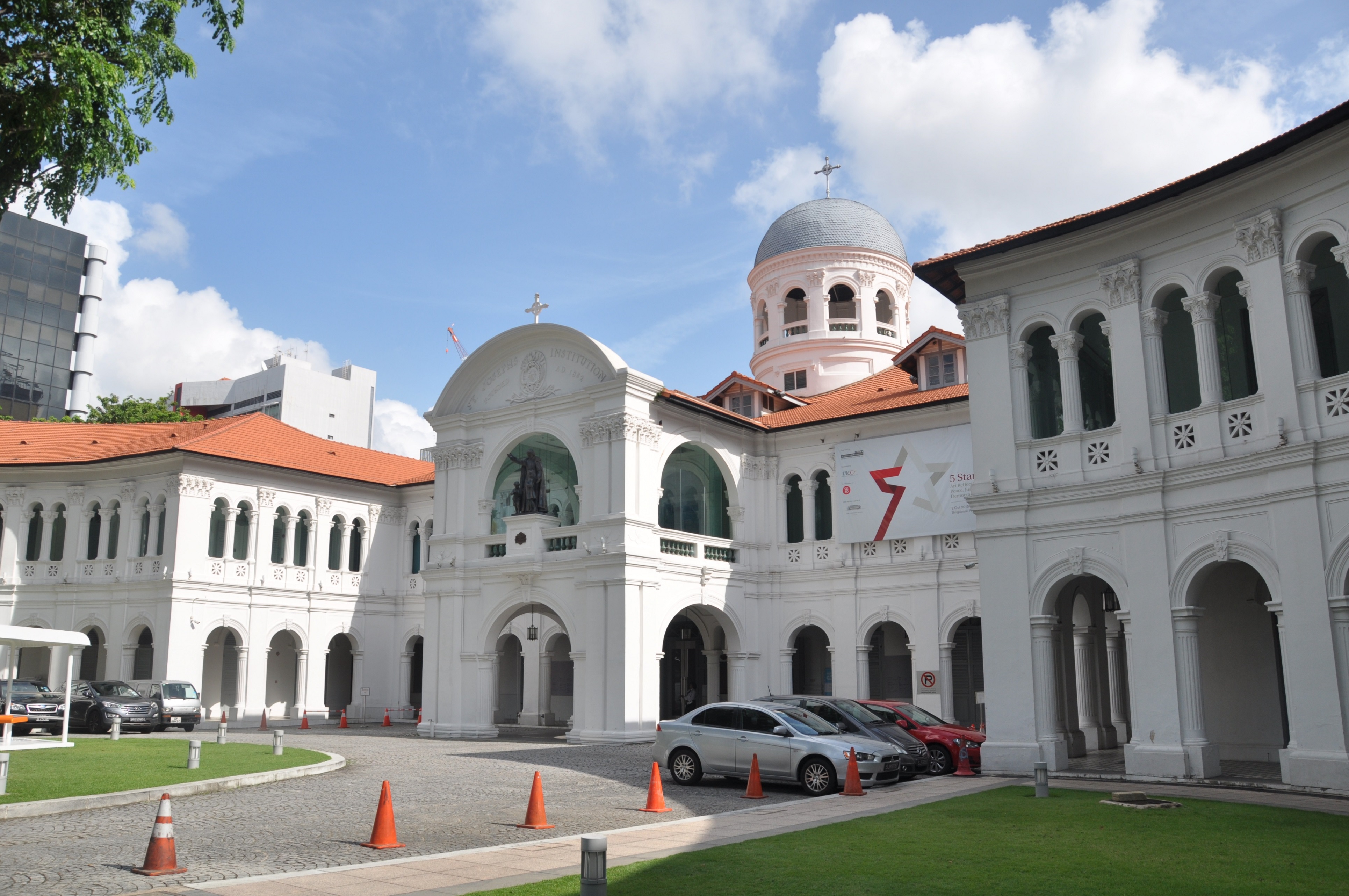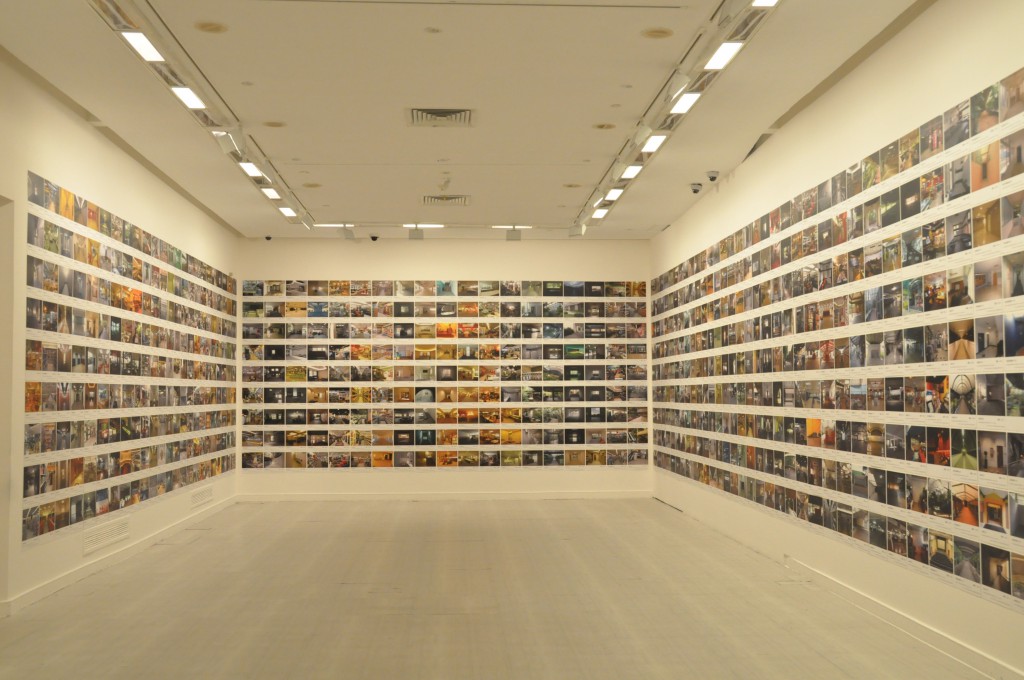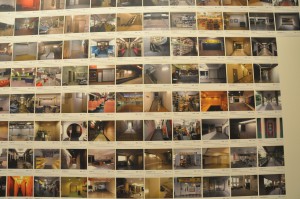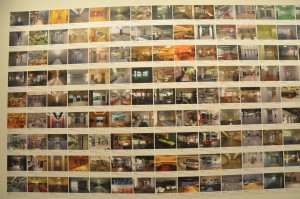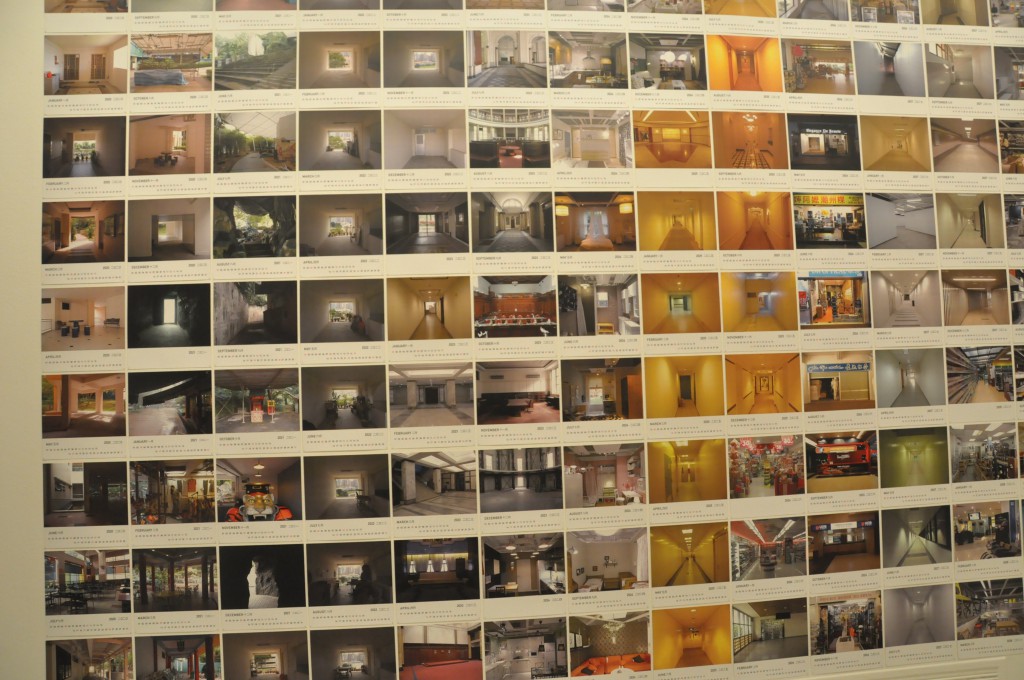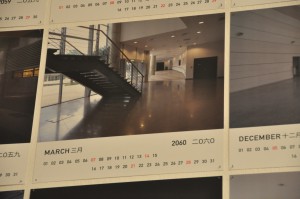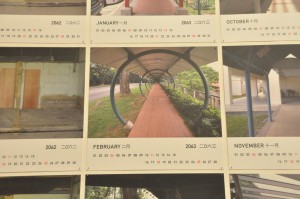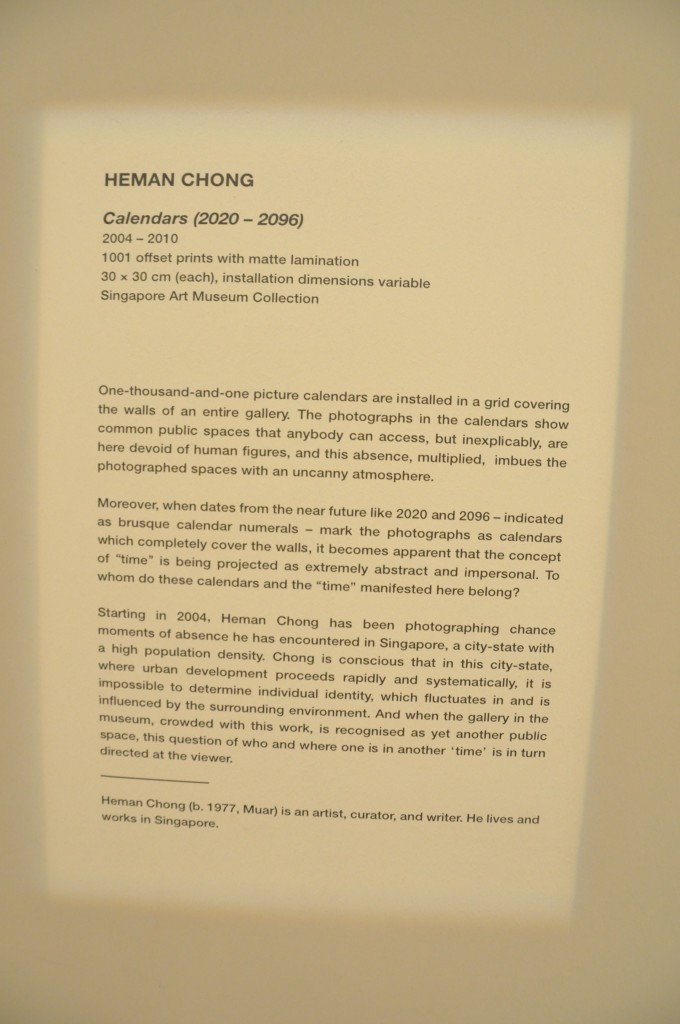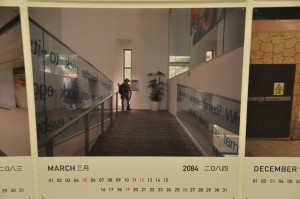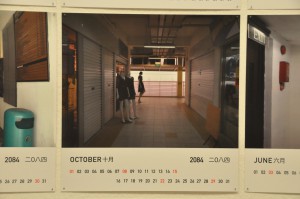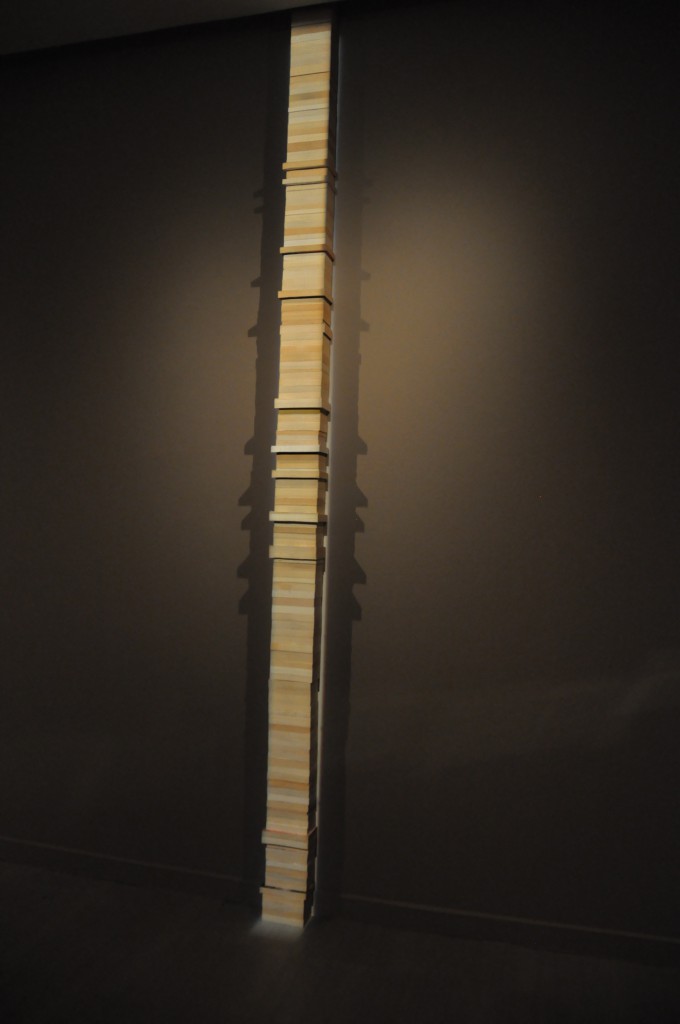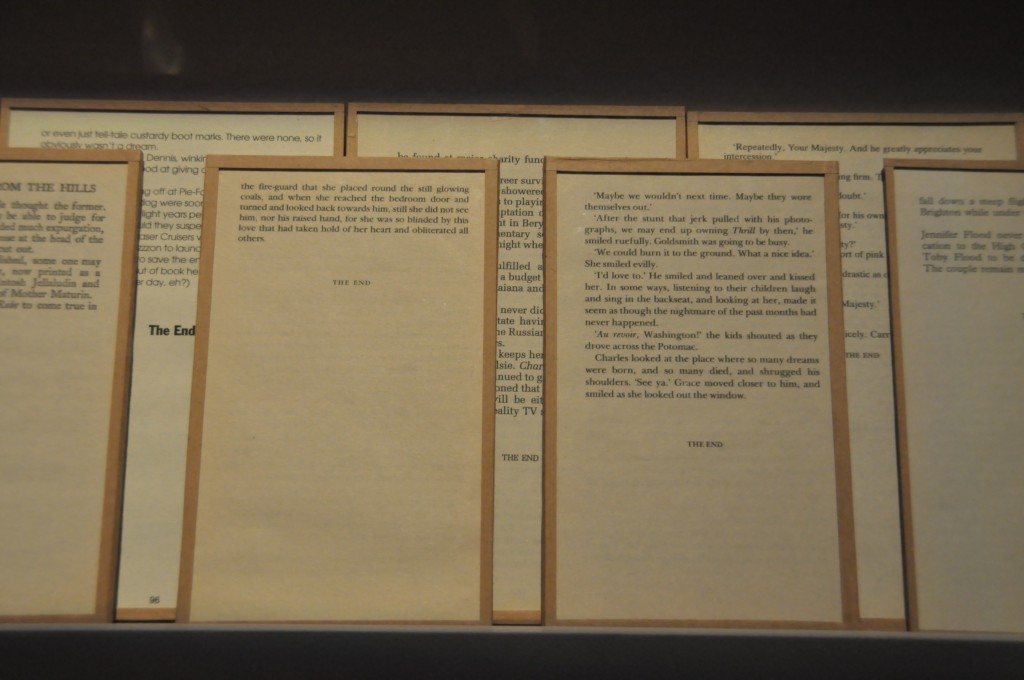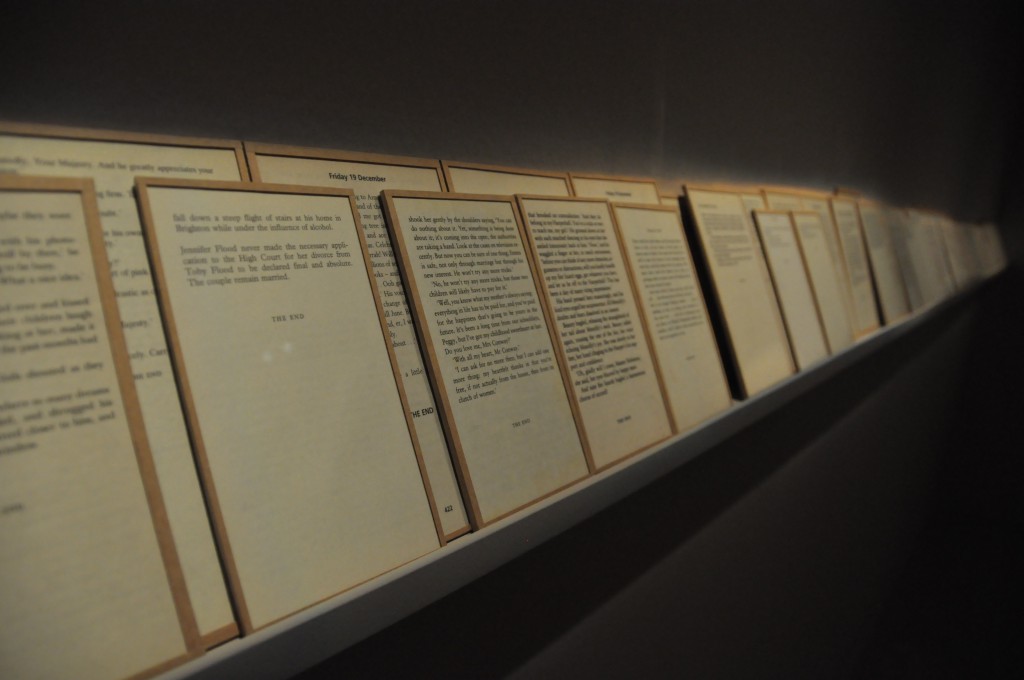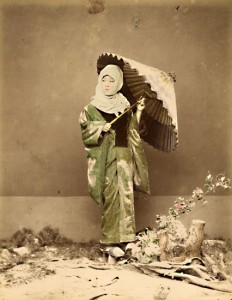It’s completed!! I screamed internally when I finished pasting every beautifully printed pages together. The end result of the printing are glossy but the brilliance of the colors still stands out completely. The vivid colors wasn’t dull but pleasing to my eyes.The papers I’ve chosen from Fancy Papers Ltd are gampi papers (covers) and thick papers with the texture of my visual journal. The papers works well and maintained its flatness throughout the pasting and logistics.
All these excitement aside, I’ll be guiding you through my zine page by page to give you a full view.
I chose the Jokerman font for my title as I want a memorable font to be the first thing shown into the readers’ eyes. The font shall also give the impression of light-hearted-ness for the entire zine in the beginning as well. Adding the red spiky eclipse to make the cover interesting was decided early before the paper was chosen. Surprisingly the design fits perfectly with gampi’s certificate-like texture.
Throughout the contents, I chose the Huxtable and Hurry Up font for both my narrations and instructions to give them a quirky tone. The two fonts are not linearly aligned which produce a non-serious component for the work.
Originally I wanted to use metal pins to attach the supposedly-leather-made pen holder. Unable to find the suitable pin to fit the colored-paper-made holder, I made a pair of “pins” with yellow color papers and paste the whole thing together. Thinking back the decisions, the pen holder, in my opinion, suited the overall style of the illustrations.
Initially, I wanted to place a pen-outline subtly in the main pages in the left photo, which will be visible when fully expanded. However, the Pen-as-Arsenals composition made the lines blended too subtly into its background, which unfortunately hidden my initial intentions for the compositions. Inevitable, it’s considered a pity by me. For the compositions in the other side (right), I connected them together with various factors, such as mirroring compositing and connecting backgrounds. With these decision, the pages were held together visually, showing their identities in the same narration, even though their styles were different.
[Click into the thumbnails to get a full view of each pages.]
As most of the composition are explained, I shall move to the third composition where I wished to included the occupation perspectives I eliminated from the previous project. I was able to revive following the perspective:
A PEN from the point of view of MONK is MEDITATION
A PEN from the point of view of DRUMMER is DRUMSTICK
A PEN from the point of view of PENTURNERS is ART (The main contributor of the page’s interactivity.)
A PEN from the point of view of LAWYER is GUN
A PEN from the point of view of POLITICIAN is WMD (Donald Drumpf inspired?)
A PEN from the point of view of SCIENTIST is CAMERA
(For this I supposed many of you might recognize 2 of the most entertaining engineers/scientist in TV history. I chose them to replace white coats as one of them, Adam Savage once said: “Remember kids, the only difference between Science and screwing around is writing it down.”)
I left this page to be enlarged as I wanted to point out specifically my mistake on it. Due to my neglect on proofreading, The paragraph in the page had terrible typos and mis-phrasing. While being anxious before submission, I decided to cover it with a plain printing paper as the school’s printing shops didn’t allow me to reprint the words on the extra paper I bought before print. During the class presentation, just as I recapping my pages, I thought of a better solution for this mistake as I mentioned on my presentation:
Adding an interactivity which requires the reader to correct the mis-phrased paragraph, because this page is a tribute to the line: A PEN from the point of view of TEACHER is STICK & CARROT and A WAY TO PASS DOWN OUR WISDOM AND KNOWLEDGE.
Lesson learned, always think through when fixing mistakes, avoid naive and stupid solution as well.
After the bad news, now for the good news. The back cover surprise turned up very well with the Pen-shaped compilation of PEN in various languages. When the zine is open as the right image with a pen the pen holder, a mirroring composition is formed and I was extremely satisfied with this outcome.
REFLECTION:
My fellow classmates like the illustration very much while Ms.Joy warned me about the consideration on font size. For instance, in the occupation composition, due to the fact that both instruction and narration are typed in the same font size, readers might confuse them over the similar font and take times to differentiate them via capitalization. Overall, the zine was regarded as nicely done. I am proud of it too!
This is the last project of the module Foundation 2D. Throughout the academic years, I’ve learned a lot from my classmates from different semesters and my tutor Ms.Joy. I got to challenged many methods of execution and styles for different themes. This is one of the modules I am glad I didn’t drop and I am looking forward to have the same excitement while being in my majors’ modules.
Thanks 2D, and thanks Ms.Joy for the guidance since 1st semester.
Thanks for reading!!




